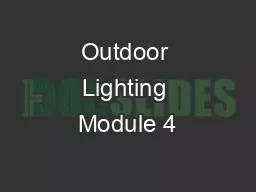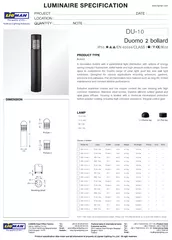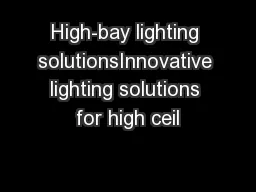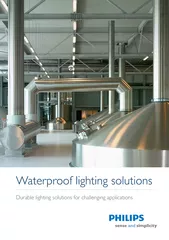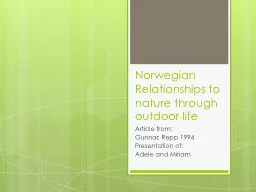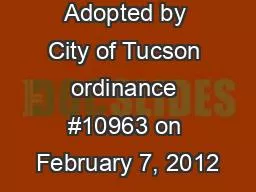PPT-Outdoor Lighting Module 4
Author : hysicser | Published Date : 2020-06-25
Lighting Control Outdoor ISRUniversity of Coimbra Coimbra October 2017 Objectives Lighting control systems are very important when it comes to energy savings and
Presentation Embed Code
Download Presentation
Download Presentation The PPT/PDF document "Outdoor Lighting Module 4" is the property of its rightful owner. Permission is granted to download and print the materials on this website for personal, non-commercial use only, and to display it on your personal computer provided you do not modify the materials and that you retain all copyright notices contained in the materials. By downloading content from our website, you accept the terms of this agreement.
Outdoor Lighting Module 4: Transcript
Download Rules Of Document
"Outdoor Lighting Module 4"The content belongs to its owner. You may download and print it for personal use, without modification, and keep all copyright notices. By downloading, you agree to these terms.
Related Documents

